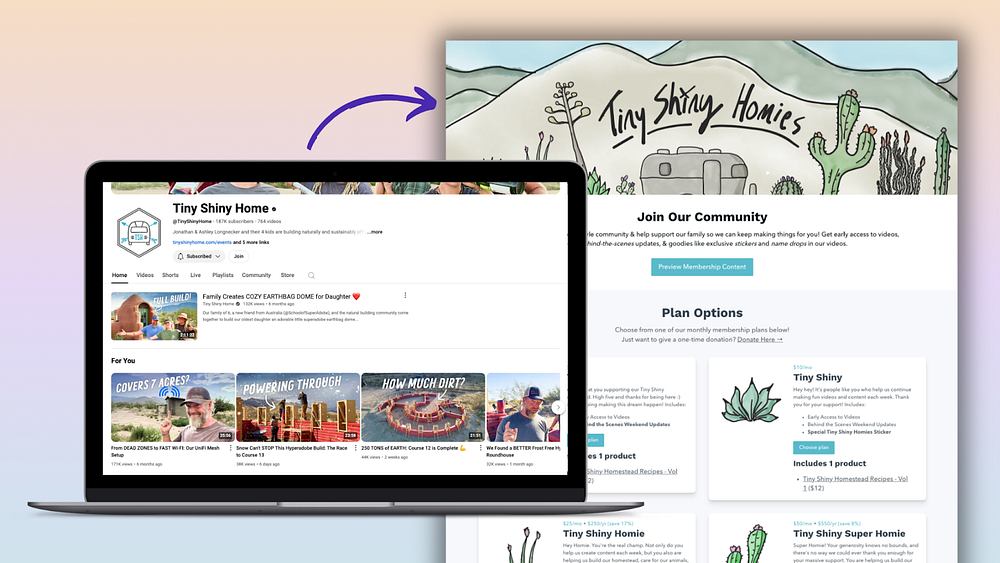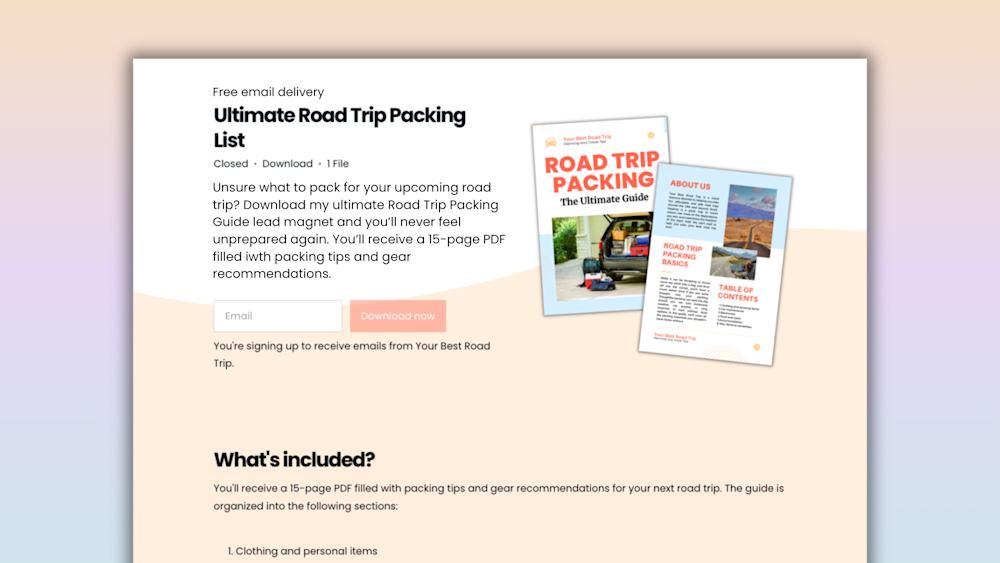You’ve been putting in the work to build your email list. Your subscriber count is growing, and you send out the occasional email newsletter and product launch email.
When you take a look at your email metrics, you realize that a big chunk of your audience isn’t opening your emails or clicking the links within them.
And even though your email list is growing, your sales numbers stay flat.
What’s a creator to do?
It’s time to revamp your email marketing strategy.
That doesn’t mean you should start spamming your subscribers with pushy sales pitches. And we definitely don’t recommend sending out cold emails to people who haven’t subscribed to your list.
Instead, focus on writing and sending nurture emails that build a connection with potential buyers.
In this article, we’ll give you five steps for writing sales emails that turn subscribers into loyal customers who are excited to purchase your products.
First, let’s cover what makes nurture emails a must-have in every creator’s email marketing arsenal.
What makes nurture emails a powerful sales tool?
Email is one of the most affordable and scalable marketing tools available — especially if you’re a small business owner with a limited budget.
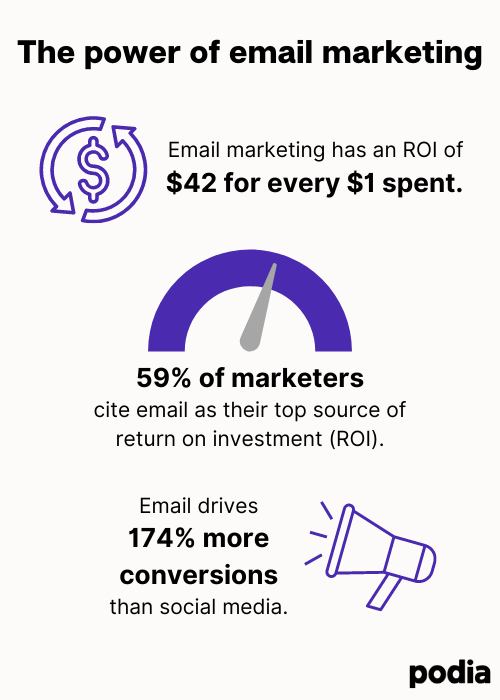
-
Email marketing has an ROI of $42 for every $1 spent.
-
59% of marketers cite email as their top source of return on investment (ROI).
-
Email drives 74% more conversions than social media.
But not all sales emails are created equal. Emailing a cold lead who never signed up for your email list is more likely to land you in the spam folder than to land you a sale.
51% of consumers who report an email as spam do so because they didn’t knowingly subscribe in the first place.

And as a creator running a small business, you don’t have a team of sales reps to make outbound phone calls or spend hours prospecting for leads.
That’s why lead generation — a.k.a. building your email list the right way — is so important. When you bring in leads through a newsletter opt-in form or lead magnet, they enter your marketing funnel and expect to hear from you.
A marketing funnel maps the journey that a potential customer (or “lead”) takes from their first interaction with your business until they make a purchase. Where a lead is in the funnel depends on how familiar they are with your brand and how close they are to making a purchase.
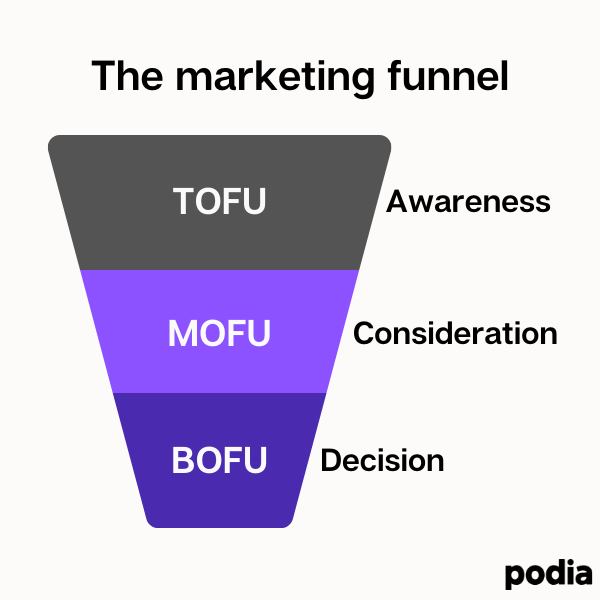
In the consideration stage, prospective customers are researching and comparing a handful of products. They know what their problem is, and they know there are multiple options out there to solve it.
Your job is to make them realize that your product is the best option. That’s where nurture emails come into play. Email marketing is the most effective channel for lead nurture campaigns.
And in a world where 80% of new leads never translate into sales, high-quality sales emails can mean the difference between rising profits and dismal revenue numbers. Nurtured leads make 47% larger purchases than non-nurtured leads.
So, how do you write sales emails that nurture leads and drive sales?
Read on to find out.
5 steps to write a high-converting sales email

One quick note before we dive in: We include a couple of template examples in the guide below. Those templates are meant as a jumping-off point, but make sure to customize them to fit your brand, voice, and customers.
Step 1: Segment your email list
Segmentation is the process of dividing your email subscribers into smaller lists (or segments) based on set criteria.
Those criteria might include their interests, pain points, past behavior, where they are in the sales process, and so much more.
When you segment your email list, you can create a tailored customer experience and send the right content to the right person at the right time. Personalized email outreach delivers conversion rates six times higher than non-personalized emails.
For example, if a lead signs up for a free webinar, you know that lead could be a good candidate for one of your paid courses about the same topic, and you could send them a series of nurture emails encouraging them to enroll.
(Podia makes it easy for creators to sell webinars, workshops, and other digital products. Start your free 30-day trial today to see for yourself.)
You can also segment your email list based on where a lead falls in the marketing funnel.
As we talked about earlier, someone in the consideration stage knows that there are ways to solve their problems, but they still need to learn about your product.
Segmenting your list gives you valuable info about that lead’s pain points and where they are in the buying process.
With that info in hand, you can write a sales email that builds their confidence in your expertise and products — like in this email template:
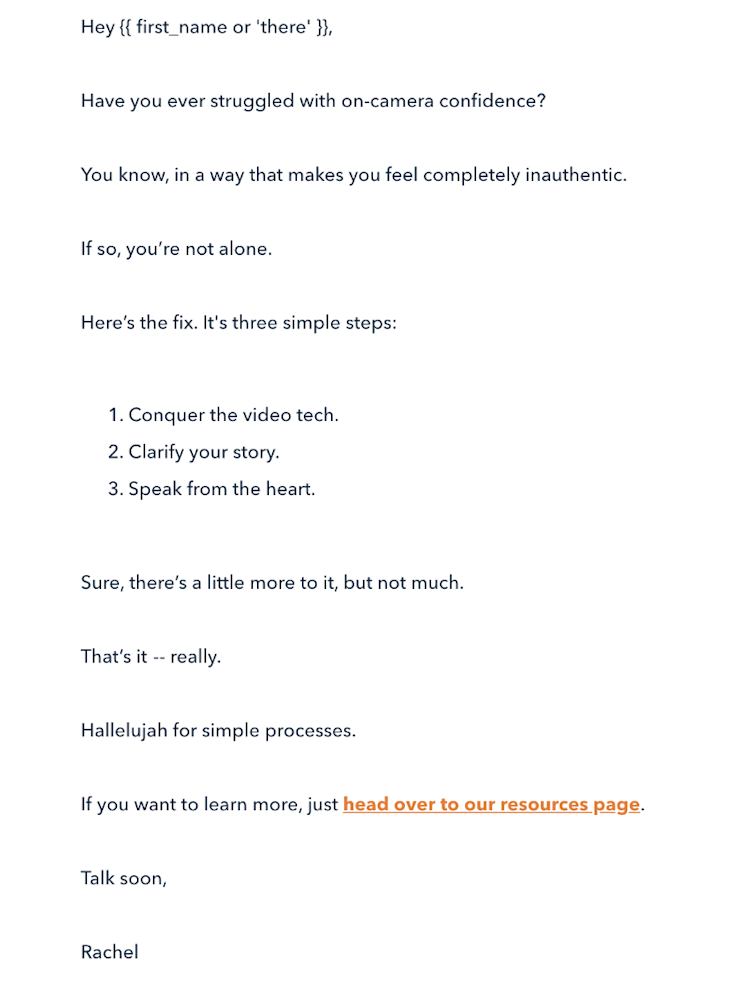
From the first sentence of this email, you make your leads feel understood. That’s the first step toward building an authentic customer relationship.
For more email templates for every awareness level, check out these 14 digital marketing email templates and eight sales email templates.
Alright, now that you’ve segmented your email list, let’s move on to writing a stellar sales email.
Step 2: Write an attention-grabbing subject line
You might have the best email copy selling the most amazing product in the world, but if your subscribers don’t open your emails, it doesn’t matter.
That’s why subject lines are such a vital part of email marketing.
47% of email recipients open emails based on the subject line alone, while a staggering 69% of email recipients report email as spam judging solely by the subject line.
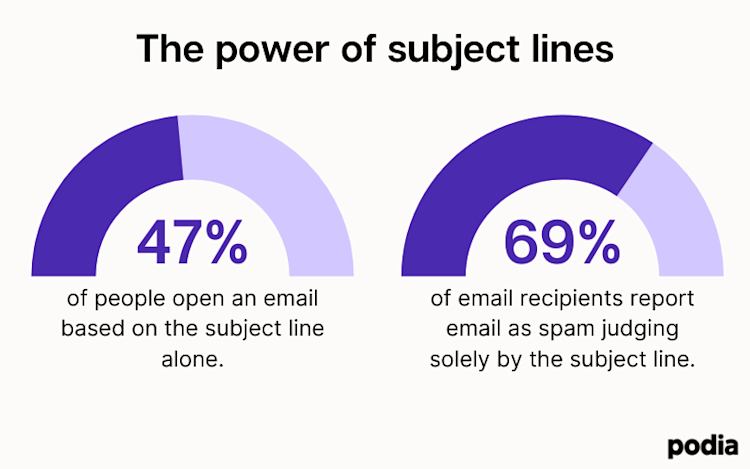
Plus, over 300 billion emails are sent every day. Make your sales email stand out in a crowded inbox with a subject line your audience can’t resist.
Here are some tips for writing a subject line that piques readers’ interest:
-
Personalized email messaging drives the highest open rates. Personalize your subject line by including your recipient’s first name, and increase your click rate by up to 22.2%
-
Aim for a length of 6 to 10 words.
-
If it fits your brand, add an emoji or two. It can lead to a 56% higher open rate than a subject line without emoji.
-
Subject lines that include a number can earn a 1.3% higher open rate than average emails.
(Check out this article for some tried-and-true email subject line formulas.)
I always run my subject lines through the Send Check It tool before I send a marketing email. Send Check It scores your subject line based on several factors and gives suggestions to help you get more opens.

Once you have an attention-grabbing subject line, it’s time to write the body of your email.
Step 3: Craft persuasive email copy
First things first: Persuasive doesn’t have to mean pushy and salesy.
Though only 17% of salespeople think of themselves as pushy, 50% of prospective customers say otherwise.
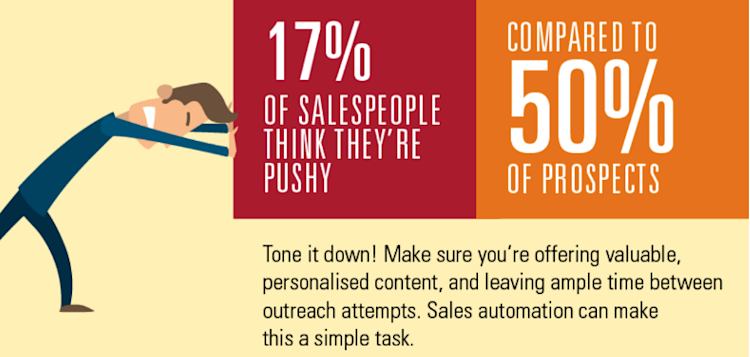
To keep your nurture emails from sounding like a sales pitch, make sure that each email in the sequence serves a specific purpose.
Take a look at this sales email campaign:
-
Email 1: Introduce yourself in the opening line. Use this first email to get your subscribers to start thinking about the problem you’re going to solve for them.
-
Email 2: Now that your prospect is thinking about the problem, share some valuable insights with them to help them take the first steps toward solving it.
-
Email 3: It’s time to intro your course. Outline what your course offers and why it could be a great solution for them.
-
Email 4: You’ve made your first pitch, but your potential customer might still have some reservations. Use this follow-up email to answer some of the key questions they might have about your course.
-
Email 5: Make one final pitch. Show them why they should act now and invite them to reach out to you with any questions.
Once we get into emails four and five, the lead is in the decision stage, and the hard sell doesn’t happen until the fifth and final email. You want to gently guide your lead toward converting, not shove them into the deep end.
To show you what I mean, here’s a template for the fourth email in the series:
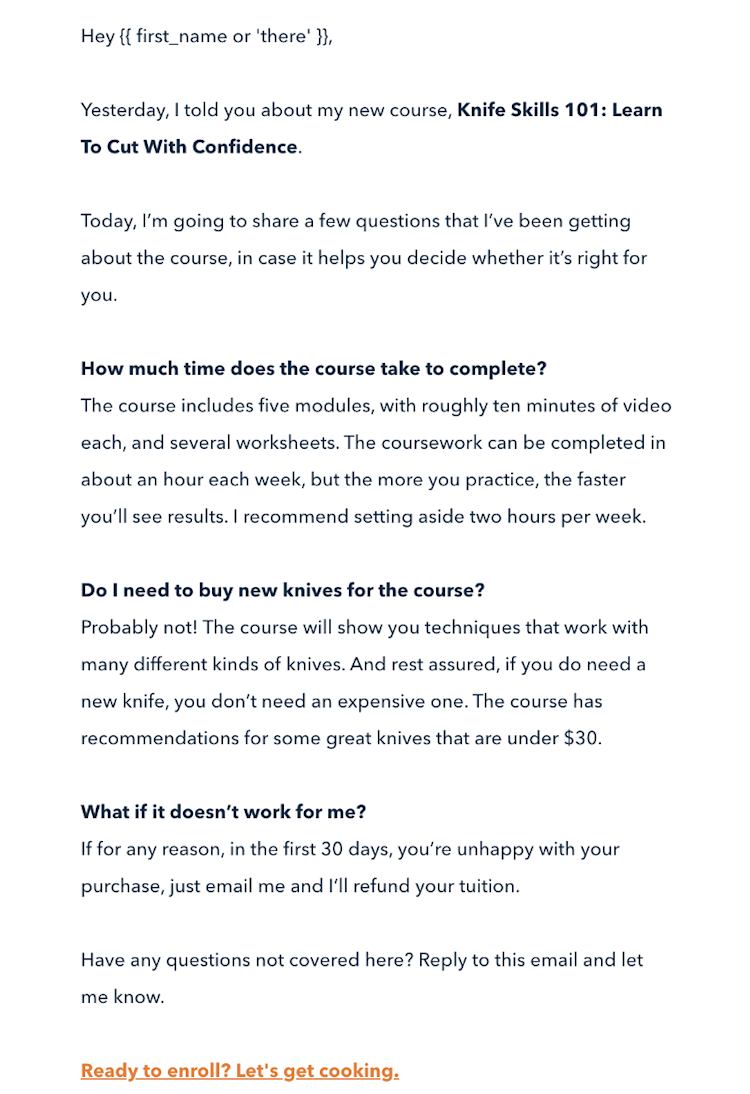
What makes that fourth email so effective?
FAQs are one of the best ways to address your customers’ objections in your email copy. The best sales professionals use objection handling to win customers over and build a mutual connection.
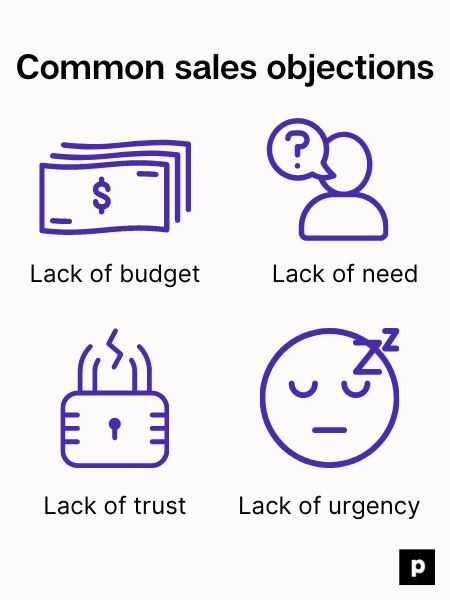
According to HubSpot, the most common objections include:
-
Lack of budget: “This is too expensive.”
-
Lack of trust: “I’ve never heard of this creator or product. How do I know if this is legit?”
-
Lack of need: “Do I really need this? I don’t see how this can help me.”
-
Lack of urgency: “This isn’t important to me right now.”
To overcome these objections, you need to make your expertise and your product’s value proposition clear throughout your email copy. For example, if the main objection is lack of trust, add social proof to boost your credibility.
When leads see people like them buy and see results from your product, they’ll want to get in on the action. 72% of consumers say that positive testimonials make them trust a business more.
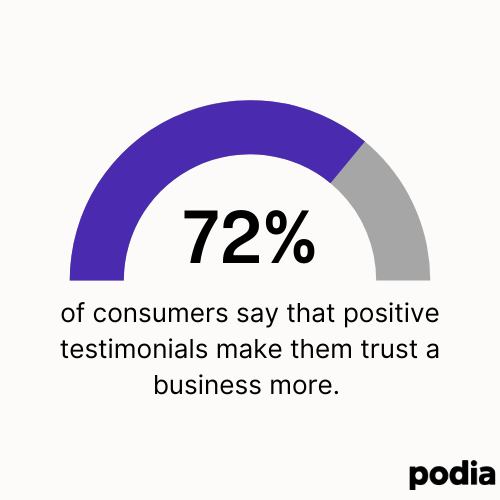
To incorporate customer feedback into your nurture sequence, share a link to a case study or the testimonials page on your website. (Don’t have any customer testimonials yet? This guide on how to ask for customer testimonials can help you get started.)
Well-written email body copy is a surefire way to persuade your subscribers to take action, but it’s even more powerful when you have a strong CTA.
Step 4: Include an irresistible call-to-action (CTA)
Our fourth step is short and sweet — just like a great CTA.
A clear call-to-action tells readers what you want them to do after reading your email. Combined with the persuasive copy you wrote in step three, your CTA gives leads the extra push they need to take action.
It might be tempting to ask your readers to do a lot — follow you on social media, sign up for your next webinar, buy your new ebook — as long as you already have their attention.
Resist that temptation. According to Hick’s Law, the more options you give someone, the longer it takes for them to choose one. And they may not make a decision at all.
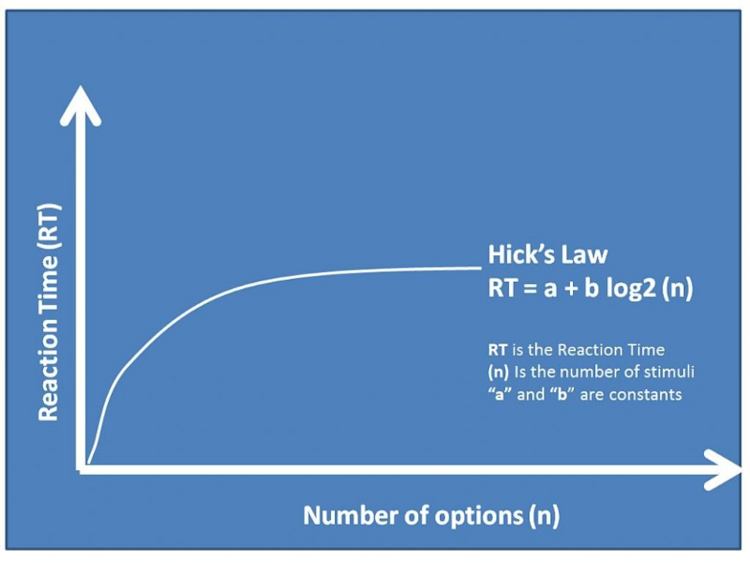
Help potential customers avoid analysis paralysis and make their purchase decision easier by sticking to just one CTA.
Here are three tips for writing a CTA that readers can’t help but click:
1. Use action-oriented text. Avoid generic CTAs like “click here,” “submit,” or “learn more”. Instead, use compelling and actionable language that draws readers in, like Trello does with the CTA “Grow Your Team” in this example.

2. Keep it short. You don’t need a long sentence to pack a punch. Keep your CTA under six words.
3. Create urgency. 60% of people make purchases because of the fear of missing out (FOMO), and 48% say an exclusive offer would make them purchase sooner. Convey a sense of limited time or availability with your CTA.
For example, Tori from Her First $100K uses the CTA “Save your seat,” to encourage subscribers to register for her free workshop.
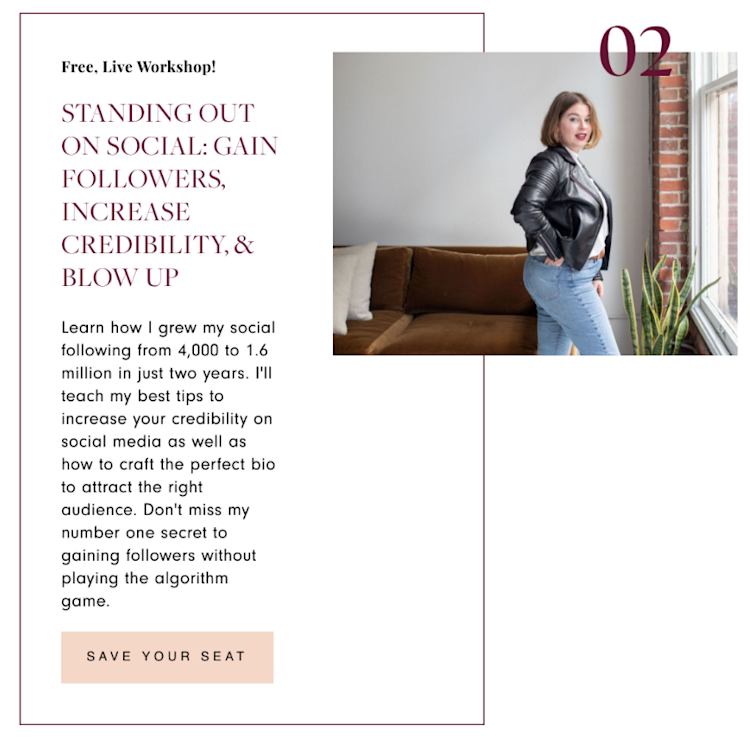
Once you have your CTA in place, no one would blame you if you think all you need to do is double-check your email signature, send that email out, and call the job done.
Except the reality is a little more complicated than that. The email may be in your subscribers’ inboxes, but you’re not quite done with it yet.
Step 5: Experiment and iterate
This final step is more of an ongoing process than a single task: Experimenting with and iterating on your emails.
After you send out your first batch of nurture emails, take a look at your email metrics. If you’re not happy with what you find — or just want to take it to the next level — it’s time to change things up.
For example, you can learn a lot from your email open rate. Your open rate tracks how many subscribers open a given email.
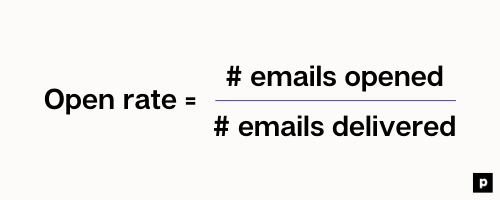
The average open rate is 19.84% across industries. If your open rate isn’t up to par, your subject line might be to blame. Try A/B testing different subject lines to find what makes your audience want to open your emails.
A/B testing involves changing different elements of your email — in this case, subject lines — one at a time, then seeing how those changes affect your performance.

70% of professional marketers report that they test subject lines and messaging most frequently.
To run an A/B test, send half of your subscribers the original email and the other half the email with the changed variable.
For example, when you A/B test different subject lines, your subscribers receive identical emails except for the subject line. By comparing open rates, you can see which subject line performs better.
You could also test out different CTAs to see which one leads to more conversions. The possibilities for A/B testing are nearly endless.
Bottom line:
The more data you collect through A/B testing, the more you can optimize your sales emails. And the more your subscribers like your email content, the more likely they are to become customers.
Turn email subscribers into loyal customers
You don’t need to do cold outreach, set up complex customer relationship management (CRM) software, or hire a sales team to convert leads into customers.
You just need the right nurture campaign for your brand and customers.
To recap, here are five steps for writing effective sales emails that turn subscribers into buyers:
-
Segment your email list. Segmentation lets you create a personalized customer experience and send the right content to the right people.
-
Write an attention-grabbing subject line. A great subject line can make your open rates skyrocket.
-
Craft persuasive email copy without being too salesy. Make sure each email in your nurture sequence plays a specific role leading up to the sale.
-
Include a CTA your readers can’t resist. The best CTAs are action-oriented, short, and create a sense of urgency.
-
Test, test, and test some more. Don’t be afraid to experiment with different subject lines and messaging to figure out what resonates with your audience.
With these tips in mind — and a few templates under your belt — you’re ready to start nurturing your leads and boosting your sales. Happy emailing!
